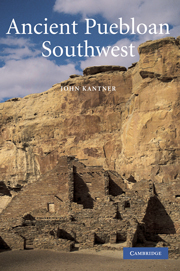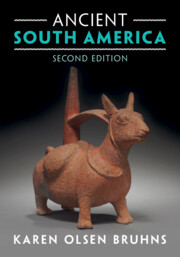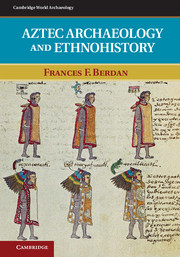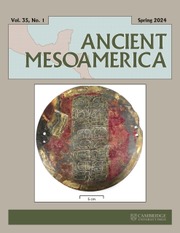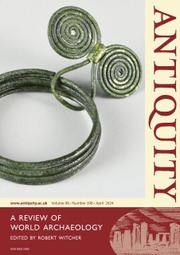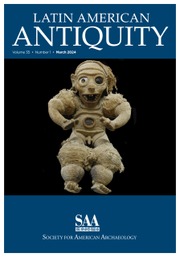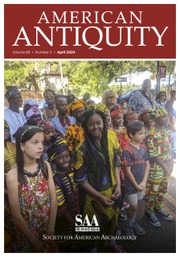Ancient Puebloan Southwest
Ancient Puebloan Southwest traces the evolution of Puebloan society in the American Southwest from the emergence of the Chaco and Mimbres traditions in the AD 1000s through the early decades of contact with the Spanish in the sixteenth century. The 2004 book focuses on the social and political changes that shaped Puebloan people over the centuries, emphasizing how factors internal to society impacted on cultural evolution, even in the face of the challenging environment that characterizes the American Southwest. The underlying argument is that while the physical environment both provides opportunities and sets limitations to social and political change, even more important evolutionary forces are the tensions between co-operation and competition for status and leadership. Although relying primarily on archaeological data, the book also includes oral histories, historical accounts, and ethnographic records as it introduces readers to the deep history of the Puebloan Southwest.
- Provides a comprehensive introduction to the history of the Puebloan Southwest from the AD 1000s to the sixteenth century
- Presents archaeological data and synthesizes often neglected sources such as oral histories and historical accounts
- Offers over a hundred illustrations with drawings, photographs and maps
Product details
February 2005Paperback
9780521788809
338 pages
226 × 152 × 20 mm
0.48kg
104 b/w illus.
Available
Table of Contents
- 1. The ancient Puebloan southwest: an introduction
- 2. 'The daylight world': the paleoenvironmental context for Puebloan history
- 3. Return to Ánosin Téhuli? The origins of Puebloan culture
- 4. The wrong middle places? Chaco canyon and the Mimbres mogollon
- 5. The migrations continue the end of Chaco and Mimbres
- 6. The AD 1200s: the great Pueblo period
- 7. The great abandonment
- 8. Finding Posi: the protohistoric Puebloan world.

